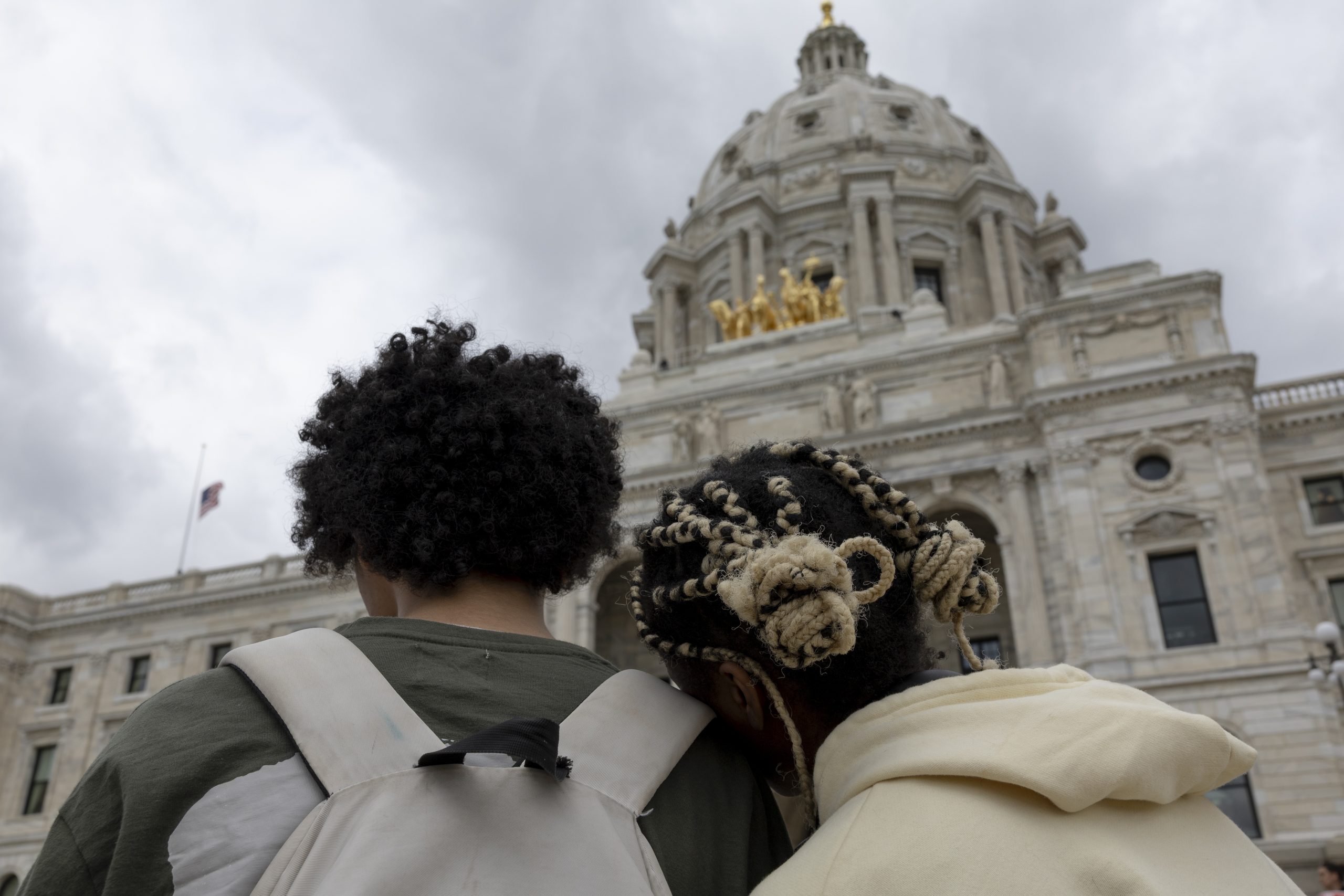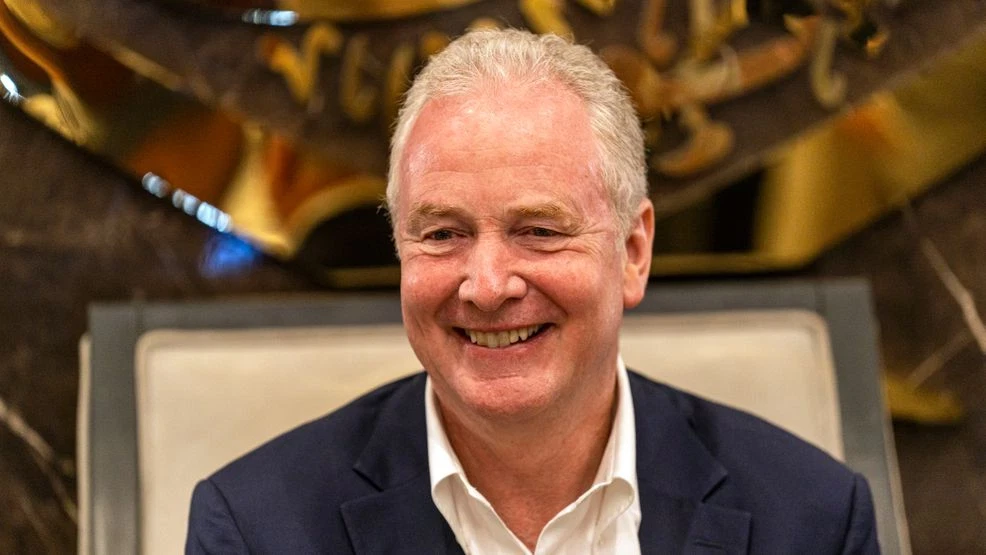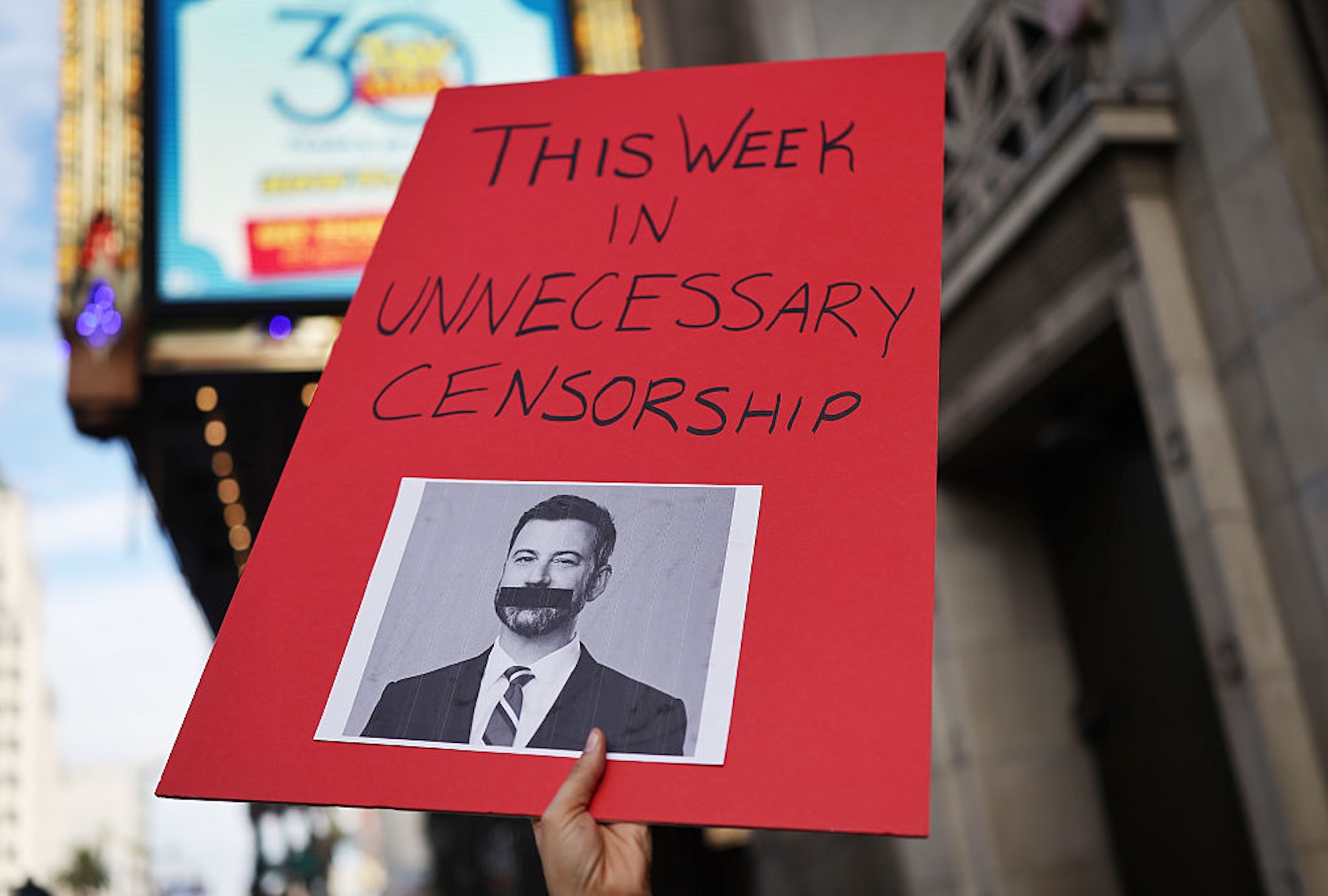By By Jillian Peterson and James Densley
Copyright minnpost

While lawmakers at the Minnesota Senate’s Gun Violence Prevention Working Group fell into familiar gridlock last week, Minnesotans outside the Capitol are united in one thing: exhaustion with the violence. Political leaders assassinated in their homes or on campuses, children killed in classrooms and churches — people are tired of living with these tragedies.
The question isn’t whether we share the goal — we do. It’s whether we’ll act on the evidence.
In April, we published a survey of 10,000 U.S. adults (fielded in January 2024). We asked respondents to rank the leading causes of mass shootings from a list of 14 explanations. Across party lines, Americans named the same top five: mental illness, access to guns, hate or bias, traumatic childhoods and “evil personality.” Democrats leaned toward access; Republicans emphasized individual pathology. But the overlap is striking — Americans agree on far more than our politics suggest.
If we agree on the broad causes, why are we stuck in stalemate? Too often, the conversation collapses into slogans —“it’s the guns” versus “it’s the people.” Our research on mass shootings shows the reality is more complicated. To move forward, we need to separate fact from fiction and focus on what the evidence actually tells us about prevention.
Mental health and crisis intervention
The conversation about mental illness and mass shootings must be precise. Mental illness isn’t a single bucket, but hundreds of distinct conditions with different courses and treatments. We should apply the same precision in talking about psychiatric diagnoses that we use in talking about firearm models and caliber. The overwhelming majority of these conditions are not violent, and most violence isn’t caused by mental illness. There is no diagnosis uniquely linked to mass shootings. Thought disorders like schizophrenia are overrepresented but still account for only about 10% of cases where four or more people are killed in public.
At the same time, mass shooters are almost always in crisis — isolated, angry, suicidal, often signaling their intent. These attacks are designed to be suicides. If you want to live, you don’t do this. Free, community-based crisis intervention, suicide prevention and mental health resources are essential. We should focus on identifying people in crisis and connecting them to help and avoid stigmatizing millions who live with mental illness.
Guns and accesss
The same nuance applies to firearms. Ninety-nine percent of gun owners will never commit a mass shooting. However, most shooters are law-abiding until the moment they are not. They pass background checks, buy guns legally or “borrow” from family, often just before the attack. At the same time, an unregulated market in untraceable “ghost guns” creates yet another easy path to deadly firepower. School shooters aren’t sophisticated criminals; they are young people in crisis who can quickly access weapons capable of firing over 100 rounds in minutes. Making that access harder saves lives.
Ghost gun regulations, safe storage laws and campaigns can keep guns out of the wrong hands. Minnesota’s new Extreme Risk Protection Orders also allow firearms to be removed from people who pose an imminent threat. Early evidence shows these laws are working. We should expand them, educate the public on how to use them and rigorously evaluate their effectiveness. Gun laws don’t stop every shooting any more than speed limits stop every crash, but they reduce risks.
School security
Parents understandably want schools to feel safer, but the data are clear: “hardening” schools with bulletproof glass, metal detectors and armed school resources officers (SROs) has not reliably stopped attacks. Columbine and Parkland had SROs; Uvalde had its own district police department. Nearly all school shooters are current or former students who know the buildings, the routines and the security systems — including their weak points, like stained glass. They have practiced the lockdown drills. And when someone walks in already firing, metal detectors are useless.
Our research shows that mass shooters are uniquely undeterred by police presence. Many expect to die in the act, which is why they also target festivals, parades, concerts and campaign rallies — some of the most heavily policed spaces in the country. Deterrence does not work when someone has a death wish. What makes a difference is reducing access to the weapons that turn suicidal intent into mass casualties and building systems to intervene earlier.
That means anonymous reporting systems monitored in real time by crisis counselors, and school-based Behavioral Threat Assessment and Management teams to evaluate risks and craft intervention plans. Shooters nearly always tell someone their plans — online, in person or in writing. The key is to ensure those warnings don’t go unnoticed.
Social media and radicalization
One urgent gap in our policy conversation is social media. Mass shooters are radicalized online in spaces that glorify violence and notoriety. After an attack, these accounts vanish and message boards are scrubbed, leaving little chance for researchers — or lawmakers — to understand what went wrong. If we are serious about prevention, we need legislation that balances civil liberties with oversight of online platforms that actively cultivate violent ideologies. We should also consider commonsense rules giving parents more tools to regulate children’s access to social media.
Moving forward
No single law or program will solve this, but the worst thing we could do now is retreat to our ideological corners and do nothing. As Carla Maldonado, mother of two children who survived the shooting at Annunciation, told the state Senate last week: “No matter who you are, what community you are from, how much money you make, who you voted for, who you pray to, or if you pray at all, we want the same thing. We want our children to come home safe from school.”
Minnesotans agree on the goal and on the causes. If current leaders can’t act, we must elect ones who will.
Jillian Peterson, Ph.D., is a professor of criminology and criminal justice at Hamline University. James Densley, Ph.D., is a professor of criminology and criminal justice at Metro State University. They are the co-founders of The Violence Prevention Project Research Center and co-authors of The Violence Project: How to Stop a Mass Shooting Epidemic.



